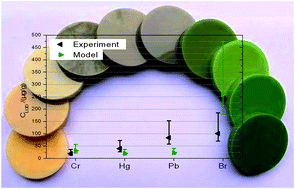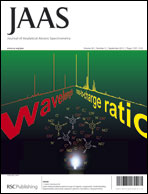Performance of μ-XRF with SEM/EDS for trace analysis on the example of RoHS relevant elements – measurement, optimisation and prediction of the detection limits
Abstract
For ten years μ-XRF (micro-focus X-ray fluorescence) analysis has been performed with


 Please wait while we load your content...
Please wait while we load your content...